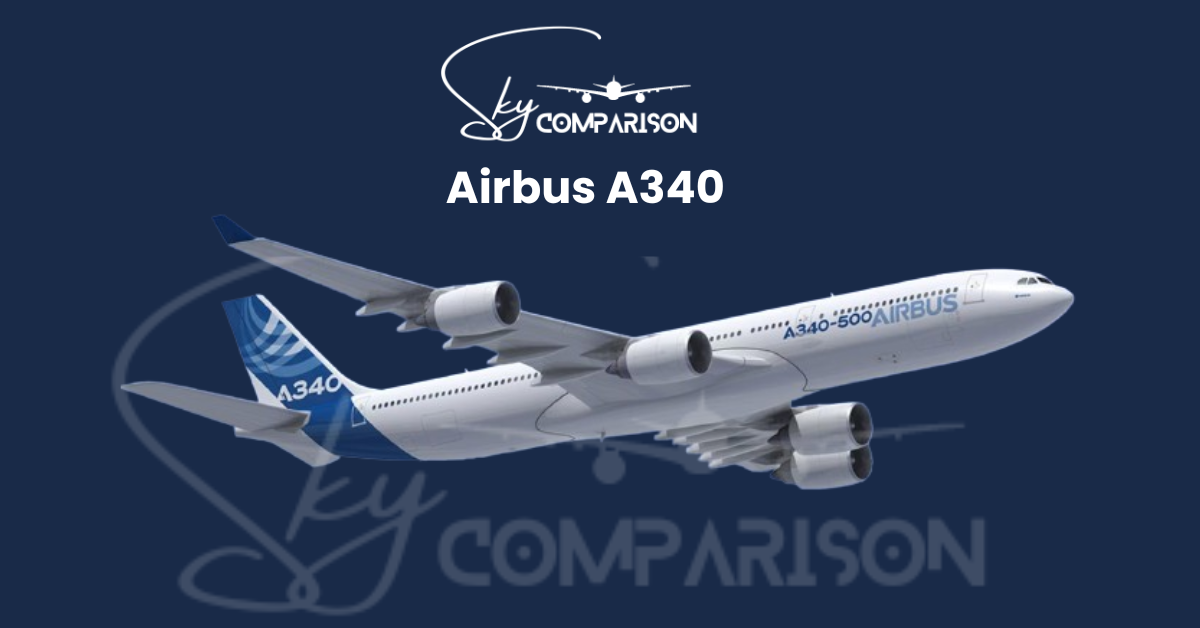- In the early years of the 21st century, Airbus achieved success with the A320, A330, and A340 families, solidifying its position in the aerospace industry.
- The launch of the A380 marked a significant milestone, despite facing challenges like production delays.
- Airbus expanded into new markets, focused on corporate and VIP jetliners, while navigating focusing on the economic downturn with the Power8 plan.
The mid-to-late 2000s were a transformative era for Airbus, marked by significant achievements and notable challenges, and this period played a crucial role in shaping the company’s future trajectory, establishing Airbus as a dominant player in the global aerospace industry. Notable developments included advancements in the A320, A330, and A340 (including the 600 series) families, which saw continuous improvements and increased market penetration.
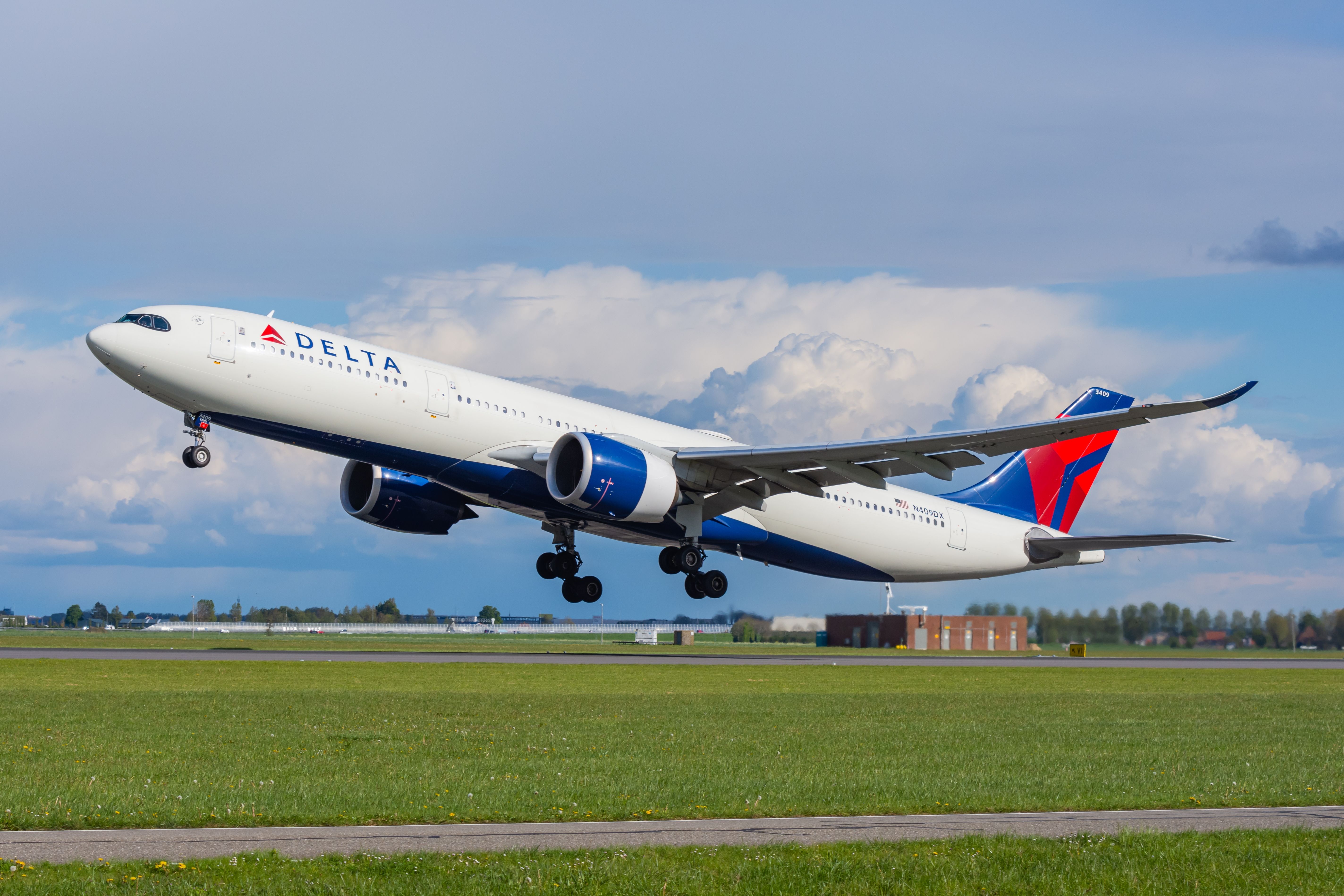

The A320 family solidified its position as the best-selling single-aisle aircraft. At the same time, the A330 and A340 continued to perform strongly in the widebody segment, underscoring Airbus’s diverse and competitive product portfolio.
The A380 Milestone
One of the most significant highlights of this period was the introduction of the A380, the world’s largest passenger airliner. The A380’s journey began with its certification by European and US airworthiness authorities, paving the way for its commercial debut.
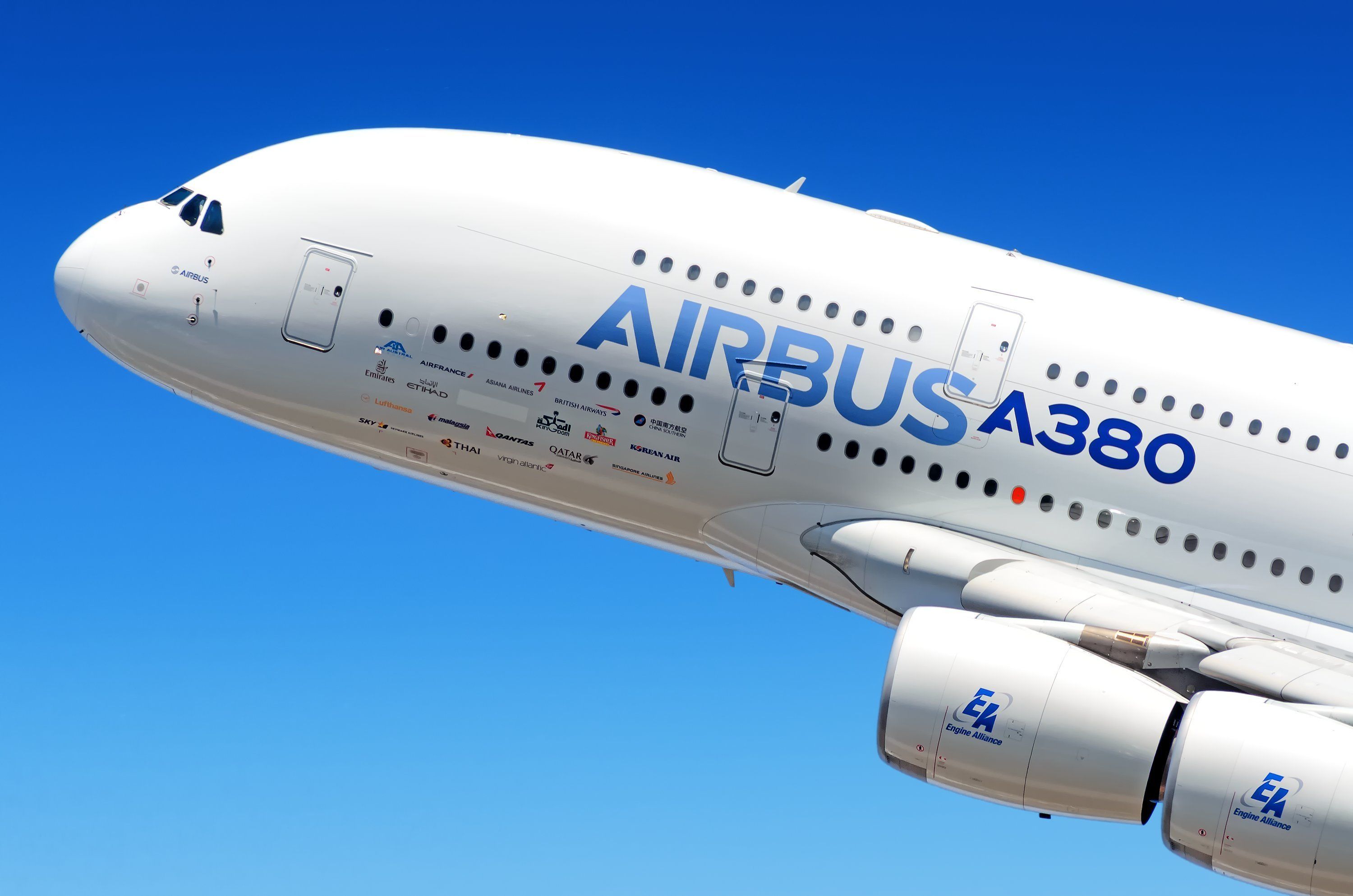

In October 2007, Singapore Airlines became the first airline to take delivery of the A380, unveiling a luxurious interior with 471 seats, including individual suites for premium passengers. The aircraft quickly became a passenger favorite, known for its spaciousness and quiet cabin environment. Emirates and Qantas followed, each customizing the A380 to their specifications, demonstrating its versatility and appeal.
Popular A380 operators
According to Airbus, these were some of the major operators of the infamous double decker:
| Year | Airline | Details |
|---|---|---|
| 2007 | Singapore Airlines | First airline to take delivery of the A380, began commercial operations in October 2007 |
| 2008 | Emirates | Began receiving deliveries in 2008, significant customization for luxury and capacity |
| 2008 | Qantas | Also started taking deliveries in 2008, integrated the A380 into their long-haul fleet |
| 2009 | Air France | Another early operator, received their first A380 in 2009 |
| 2010 | Lufthansa | Integrated the A380 into their fleet, highlighting versatility and efficiency |
| 2011 | Korean Air | Received their first A380 and utilized it for major international routes |
| 2012 | China Southern | Became the first Chinese airline to operate the A380 |
| 2012 | Malaysia Airlines | Added the A380 to their fleet to enhance their long-haul service capabilities |
Challenges and setbacks
Despite its success, the A380 program faced significant challenges. Production delays due to bottlenecks in the manufacturing and installing the aircraft’s complex electrical systems led to delivery delays. In response, Airbus implemented new processes and strategies to streamline production, ultimately delivering 12 A380s in 2008 as part of a recovery plan led by President and CEO Tom Enders.
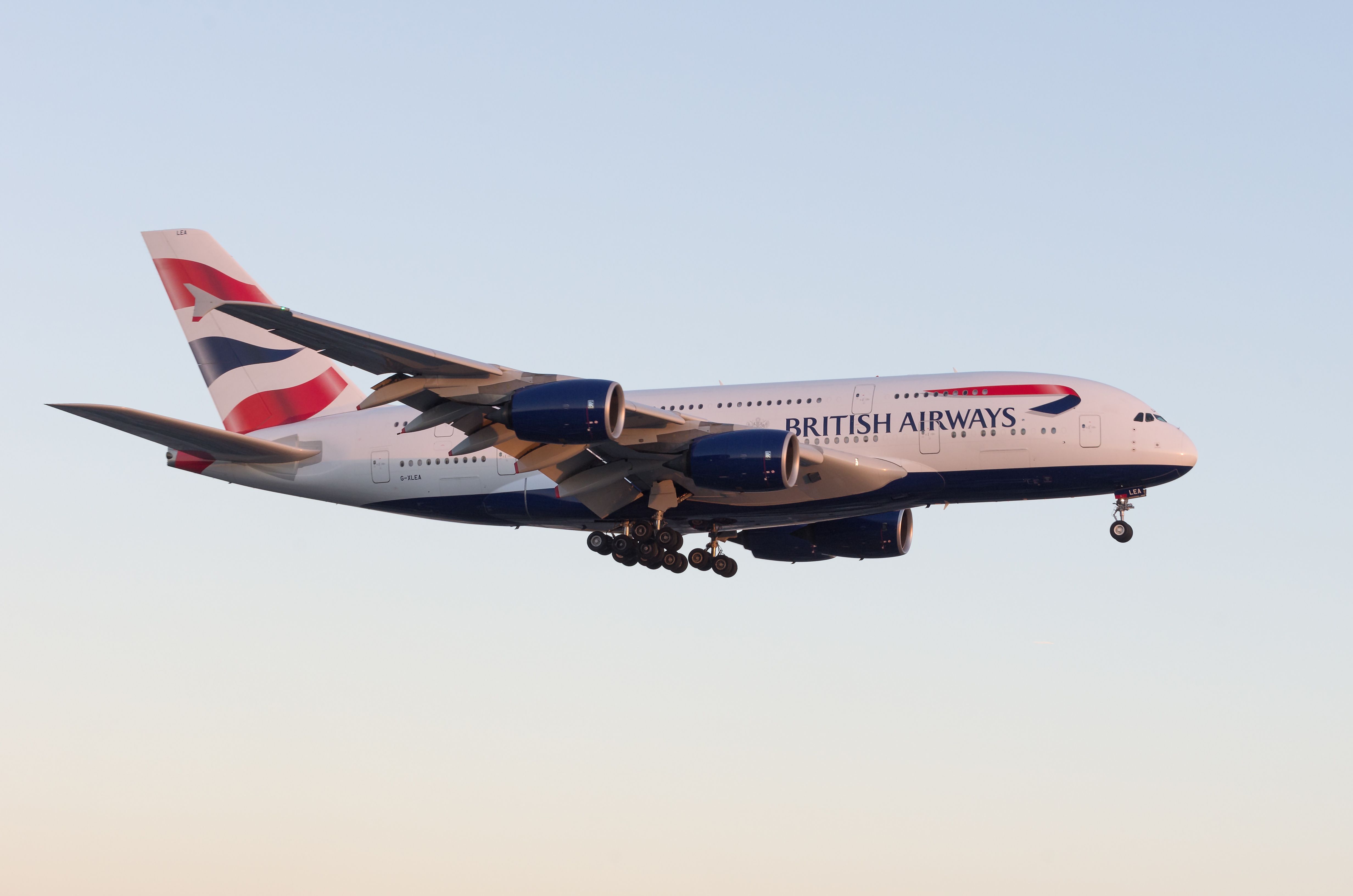

Read the latest Airbus news here.
The launch of the A350 XWB
In parallel with the A380’s development, Airbus embarked on the ambitious A350 XWB (Extra Wide Body) project. Initially launched in 2004, the A350 underwent a comprehensive redesign in response to customer feedback, which called for a more advanced and efficient aircraft. The revamped A350 XWB featured a wider fuselage and advanced materials, positioning it as a formidable competitor in the long-range, widebody market. Singapore Airlines is currently using the aircraft on some of its longest routes.
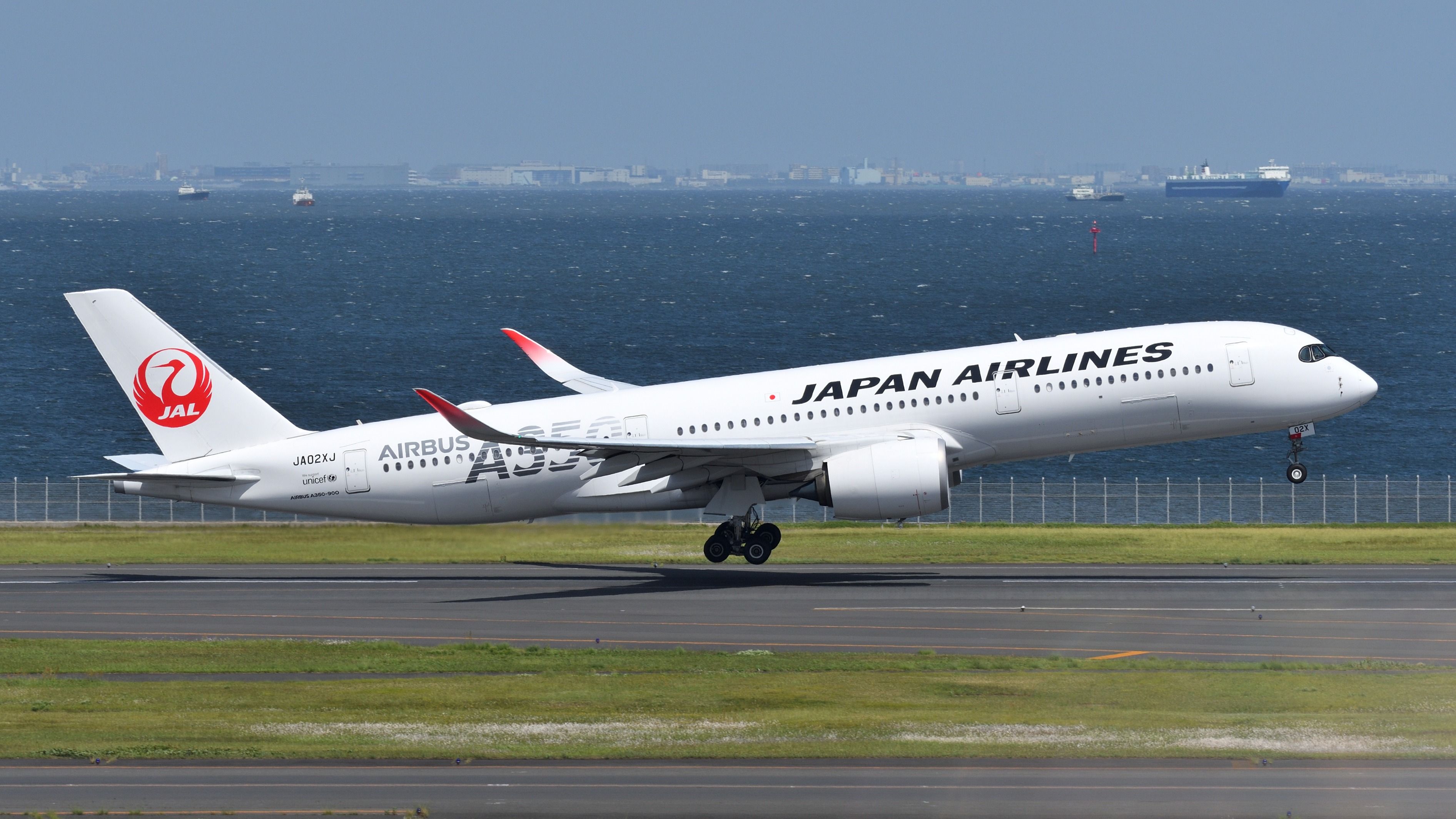

The industrial launch of the A350 XWB in December 2006 marked a significant milestone, with Finnair becoming the first airline to place a firm order in 2007. The A350 XWB quickly garnered interest from airlines worldwide, reinforcing Airbus’s reputation for innovation and customer-centric design.
Expansion into new markets
The mid to late 2000s also saw Airbus expanding its presence in new markets. A critical development was establishing the company’s first final assembly line outside of Europe in Tianjin, China. This facility began operations in 2008 and was part of Airbus’s strategy to increase production capacity and cater to the growing demand for its famous A320 family of aircraft. The Tianjin assembly line underscored Airbus’s commitment to globalization and ability to adapt to changing market dynamics.
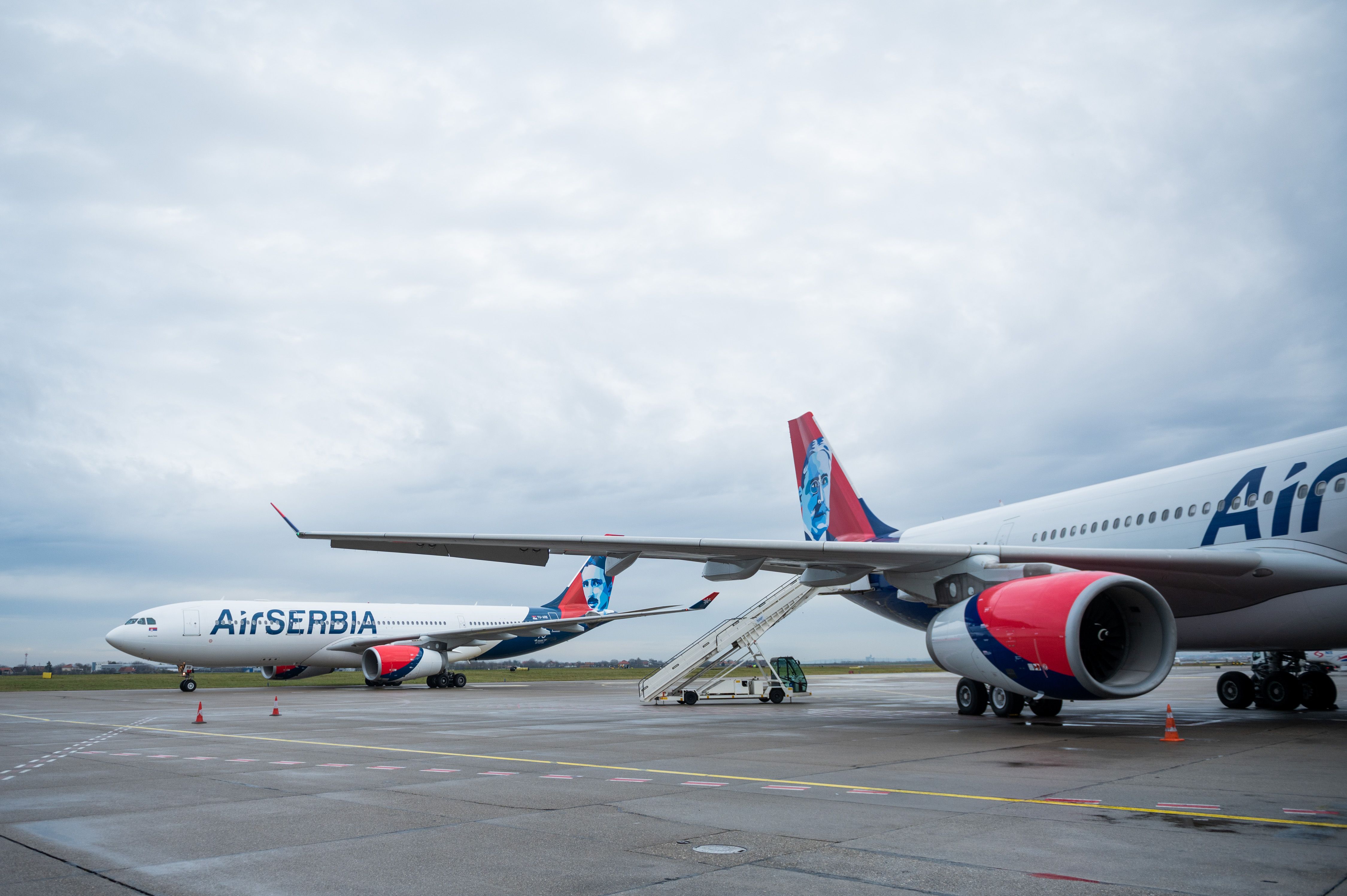

Corporate and VIP jetliner growth
Airbus also made significant strides in the corporate and VIP jetliner market during this period. The introduction of the A318 Elite and the first booking of an A380 as the world’s largest VVIP aircraft highlighted Airbus’s versatility and ability to cater to diverse customers. These developments were part of Airbus’s broader strategy to diversify its product offerings and capture a larger share of the high-end market segment.
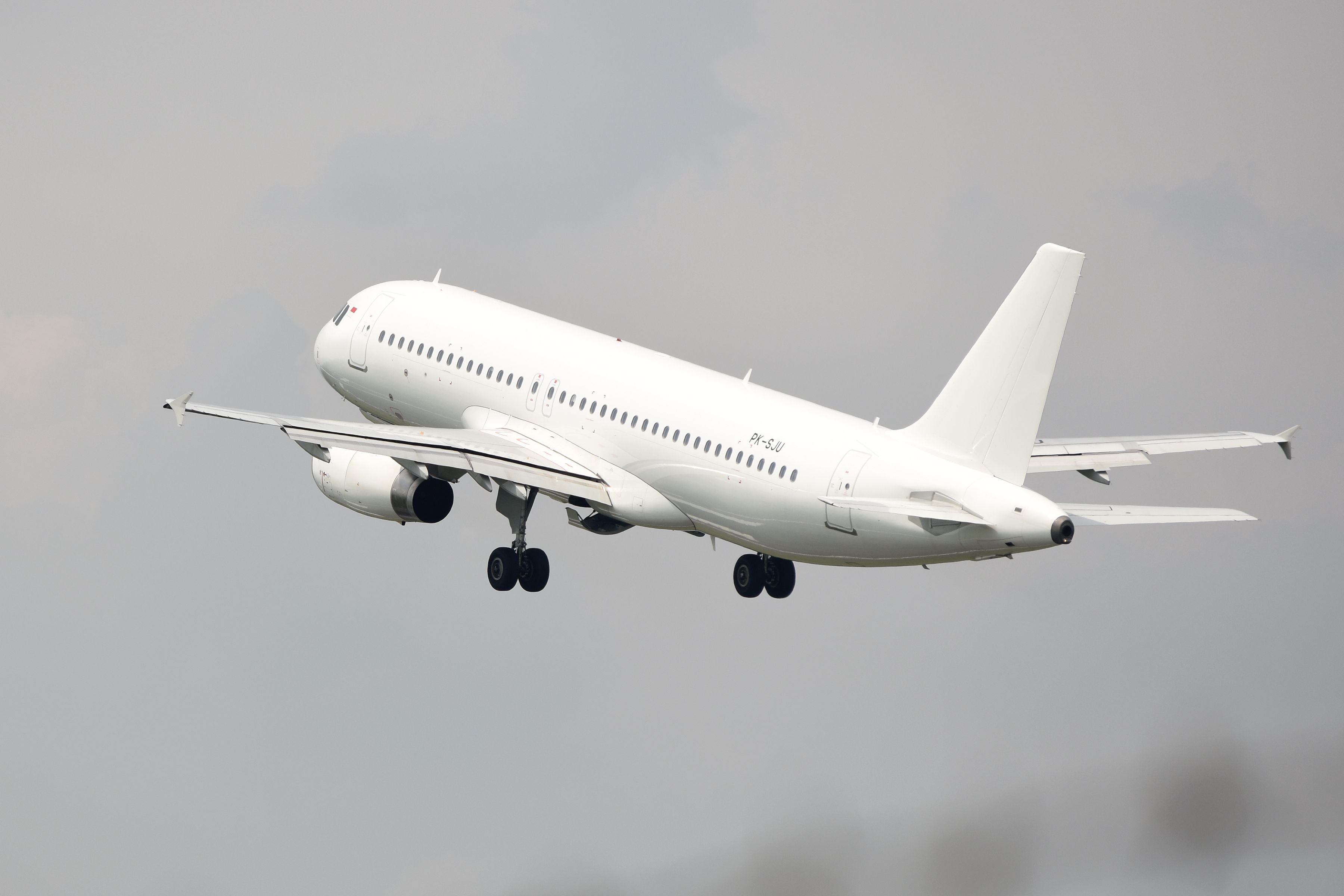

According to Airbus, these are the Airbus elite airliners produced:
- Airbus A318 Elite
- Airbus ACJ319 (Airbus Corporate Jet)
- Airbus ACJ320
- Airbus ACJ330
- Airbus ACJ340
- Airbus ACJ350
- Airbus ACJ380
Navigating economic turbulence (pun intended)
The global economic downturn in 2008 posed additional challenges for Airbus. The weak US dollar and financial pressures on airlines worldwide led to reevaluating aircraft orders and delivery schedules. In response, Airbus implemented the Power8 restructuring plan in 2007 to reduce costs and improve efficiency. This program included cost-cutting measures, realignment of facilities, and a focus on innovation to maintain Airbus’s competitive edge in a challenging economic environment.
Which is your favorite Airbus? Let us know in the comments!
A crucial period for Airbus
The mid to late 2000s were a defining period for Airbus, characterized by groundbreaking achievements and significant challenges. The successful introduction of the A380 and the launch of the A350 XWB demonstrated Airbus’s technological prowess and customer-centric approach. Despite facing production delays and economic turbulence, Airbus’s strategic initiatives, such as the Power8 restructuring plan and expansion into new markets, reinforced its position as a global aerospace leader. The company’s commitment to innovation and sustainability during this period set the stage for future growth and success in the competitive aviation industry.

